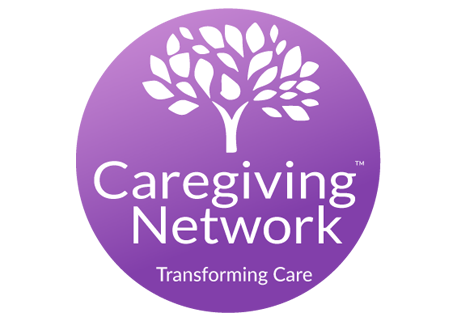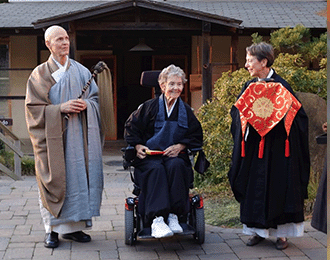The Connection Between Age and Arthritis

verywell Health – Updated for October 2021
Author: Carol Eustice
It’s one of the biggest misconceptions about arthritis. Most people believe that arthritis is an old person’s disease and that it is entirely a consequence of aging. If that were the case, arthritis would be inevitable — and it’s not.
According to the Centers for Disease Control and Prevention (CDC), arthritis is more common among adults aged 65 years or older, but people of all ages (including children) can be affected. “Nearly two-thirds of people with arthritis are younger than 65. Arthritis is more common among women (26%) than men (19%) in every age group, and it affects members of all racial and ethnic groups. Arthritis is also more common among adults who are obese than among those who are normal weight or underweight.”
Most People With Arthritis Are Under 65 Years Old
One of the reasons people assume arthritis is an inevitable consequence of aging is that the risk of developing the most common type of arthritis, osteoarthritis, increases with age. The risk of developing osteoporosis, a condition often confused with osteoarthritis, also increases with age. Yet, as the CDC points out, the majority of people with arthritis are under 65 years old.
Of people 18 to 44 years old, 7.1% report doctor-diagnosed arthritis, according to the CDC. Of people who are age 45–64, 29.3% report doctor-diagnosed arthritis. In the 65 or older age group, 49.6% report doctor-diagnosed arthritis. While the risk of developing most types of arthritis increases with age, keep in mind that it is not the only contributing factor.
- Osteoarthritis onset usually occurs after the age of 40.
- Rheumatoid arthritis, an autoimmune inflammatory type of arthritis, can develop at any age.
- Systemic lupus erythematosus usually develops between infancy and old age, with a peak occurrence between 15 to 40 years of age.
- Fibromyalgia is typically diagnosed in middle age and prevalence increases with age.
- Childhood arthritis occurs in people up to 16 years of age.
Aging Affects the Musculoskeletal System
Aging does affect the musculoskeletal system. Our bones constantly undergo a process of bone absorption and bone formation, together known as remodeling. As we age, the balance between absorption and formation changes, leading to bone loss. Our bones become less dense and more fragile. The composition and properties of cartilage change as well. There is less water content in cartilage as we age, reducing its ability to cushion and absorb shock. Cartilage also goes through a degenerative process which is when arthritis can develop. Ligaments and other connective tissues become less elastic and flexible with age. Because of the changes that occur within the musculoskeletal system as we age, our joints typically develop a decreased range of motion. As cartilage breaks down, joints may become inflamed and painful.
However, according to OrthoInfo, a publication of the American Academy of Orthopaedic Surgeons, the changes that occur in our musculoskeletal system are due more to disuse than aging. The Department of Health and Human Services cited that in 2017, “less than 5% of adults participate in 30 minutes of physical activity each day; only one in three adults receive the recommended amount of physical activity each week.”
While people tend to have an abundance of reasons why they don’t participate in regular exercise, experts have stated that even a moderate amount of physical activity can be beneficial. Stretching and range of motion exercises help preserve flexibility. Weight training, or strength training as it is also called, can increase muscle mass and build strength. Regular exercise, over the long term, may slow the loss of muscle mass and stave off an age-related increase in body fat. We know that overweight and obesity increase the risk of osteoarthritis.
A commitment to exercise may counteract some of the effects of aging. We should view exercise as essential, not as optional.






